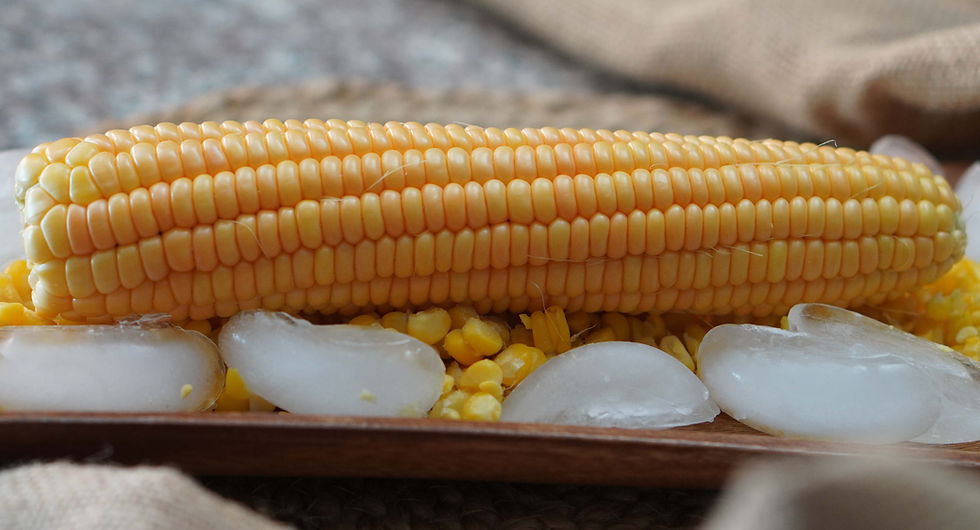How to Use a Steam Juicer: Canning Basics
- Marie Overton

- May 19, 2021
- 3 min read
Updated: Feb 4, 2025
A steam juicer is a great tool for your canning kitchen. It is a fabulous way to reap benefits from excess fruits in your harvest without too much effort. A steam juicer tends to work better on softer fruits. If I use it for harder fruits they tend to have more pulp leftover. Having pulp from the fruit is not bad, especially if I am planning to use it to can another great treat. Think fruit butter (like apple butter), compotes, and conserves; perfect for my pantry.

Steamer Juicer
The parts of a steam juicer are pretty simple. There is a bottom basin that holds the water and sits on the stove. Be sure never to run this basin out of water or you will burn and ruin your juicer. The next layer is a juice reservoir that collects the juice as it is steamed out of the fruit. The juice reservoir has a center overflow that you want to avoid overflowing into the water below. The fruit basin with the holes holds the solid fruit but allows the juice to pass through. The lid holds the steam in. The spout comes out of the juice reservoir and has a clamp to stop and start the flow of juice.
Steps for juicing:
Fill the bottom basin with water to about 1/2″ to 1″ below the spout groove. Next, place it on the burner and stack the juice reservoir basin on top of it. Then, add the fruit basin filled with fruit, and finally, the lid.
It is tempting to overfill the fruit basin, but if the lid doesn’t fit snug a large portion of the steam will escape. If too much steam escapes it will take longer to steam the fruit. Be sure your spout is fully clamped or it will leak when the juice starts to flow.
I like to place a stool or short table in front of the juicer. This allows me to use gravity to help empty the contents into my jar. I also like to keep a separate jar under the spout for catching any possible drips. Your clamp may leak if it is not far enough to the inside of the angle.
If you do not start emptying the juice catch basin soon enough it can overflow into your water below. If this happens it may burn in the bottom and potentially ruin your steam juicer. As you become familiar with your steam juicer and the fruit you are using you will have a good idea of how much your juicer can hold and the length of time you can allow the juice to accumulate between filling jars.
Preparing and Processing Jars:
Prepare your jars by heating them in the dishwasher or boiling water. When you have enough juice to fill jars, you will want to remove one jar at a time and place it on your stool. (I place a wood cutting board on the stool to protect it from the heat and stickiness.) While holding the clamp open pour the juice into your jar.
The juice is very hot, the steam is very hot, and the jar is very hot so be careful not to get it on you or anyone near you. Be cautious!
Most juice recipes call for a 1/4″ of headspace when canning. Once your jar is filled, place the lid and ring on fingertip tight. Now it is time to place it in your boiling water bath for processing. Be sure to process your juice for the appropriate time for the recipe and altitude where you live. Click the links for the appropriate canning basics video to help you.
Having homemade juice is fabulous to have in your pantry, not only for meals but also for use in recipes like making jelly.
Hopefully, this introduction to how to use a steam juicer helped you to understand the basics of using a steamer juicer. If you still have questions don’t hesitate to post them below. We love to help people learn about food preservation.
























Comments